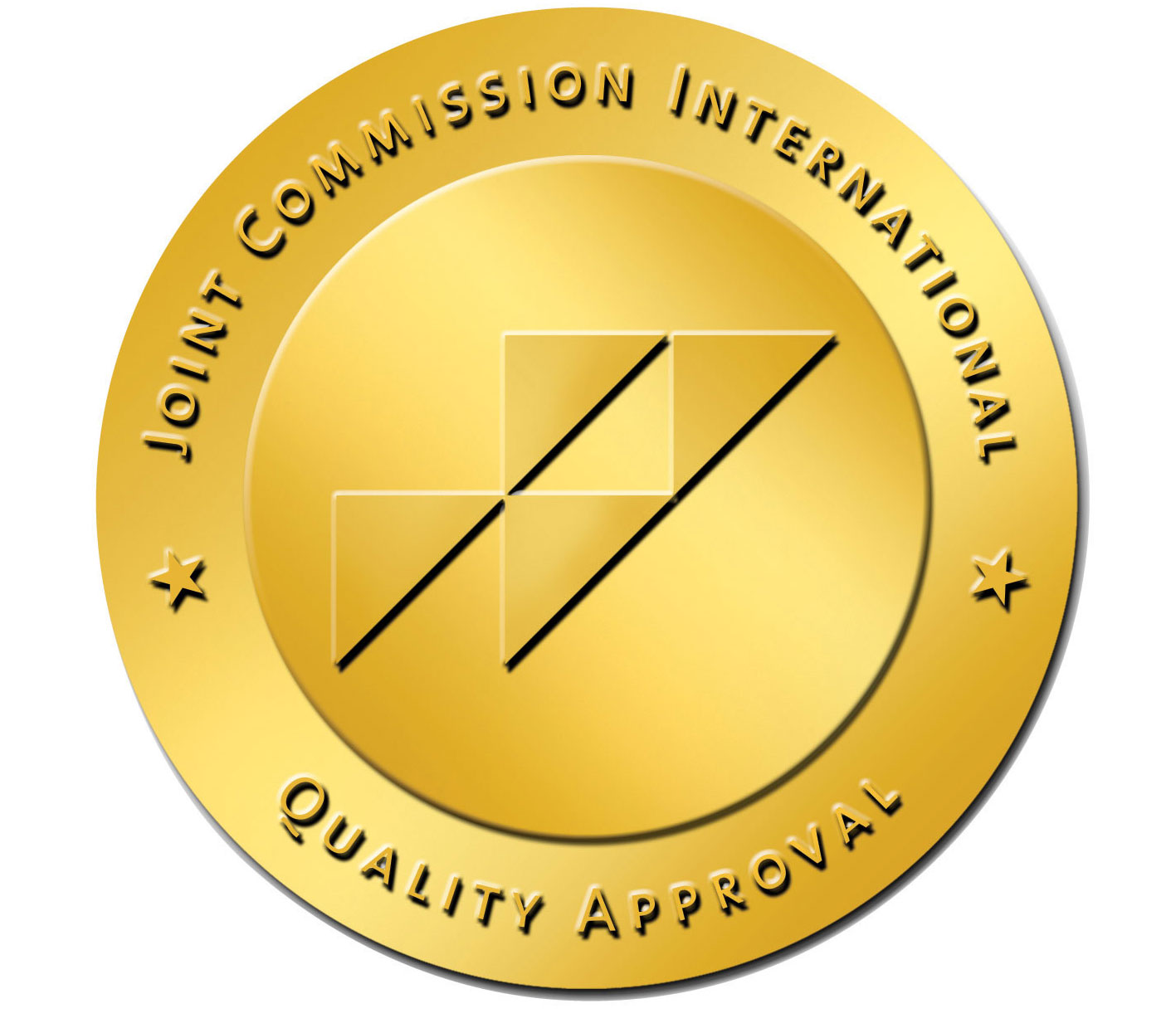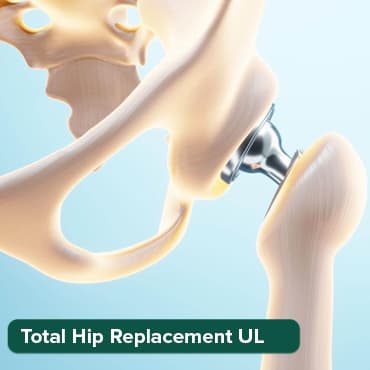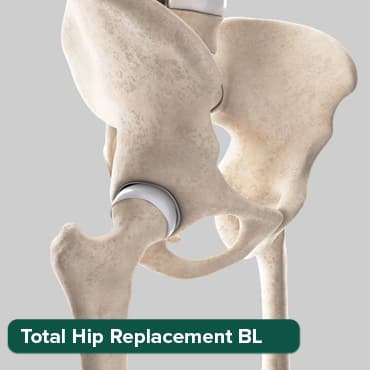
PET Scan for Thyroid Cancer: Diagnosis and Staging
12 May, 2023
A PET (positron emission tomography) scan is an imaging test used to diagnose and stage thyroid cancer. Thyroid cancer is a type of cancer that affects the thyroid gland, a small gland located at the front of the neck. Thyroid cancer is usually treated with surgery and radioactive iodine therapy, and a PET scan can help doctors determine the best course of treatment by providing information about the location and extent of the cancer. In this article, we discuss the use of PET scanning in the diagnosis and staging of thyroid cancer. Diagnosing thyroid cancer with a PET scan
PET scans are used to diagnose thyroid cancer when other imaging tests, such as an ultrasound or CT scan, do not provide clear enough images of the thyroid gland. A PET scan uses a small amount of a radioactive substance called a tracer, which is injected into the patient's vein. The tracer travels through the bloodstream and accumulates in areas of the body with high metabolic activity, such as cancer cells. The tracker emits positrons, which are detected by a PET scanner and used to create images of the body. For thyroid cancer, the tracer used in a PET scan is usually a form of glucose called FDG (fluorodeoxyglucose). Cancer cells usually use glucose faster than normal cells, so they accumulate more of the FDG marker than normal cells. This makes cancer cells stand out in PET scan images.
Transform Your Beauty, Boost Your Confidence
Find the right cosmetic procedure for your needs.

We specialize in a wide range of cosmetic procedures

During the PET scan, the patient lies on a table that slides into the PET scanner. The scan takes about 30 to 60 minutes to complete. The images produced by the PET scan can help doctors determine if there is cancer present in the thyroid gland and if it has spread to other parts of the body.
It's important to note that a PET scan is not typically the first imaging test used to diagnose thyroid cancer. Usually, a patient will undergo an ultrasound or CT scan first to assess the thyroid gland and surrounding structures. If these tests do not provide enough information, a PET scan may be recommended.
The FDG tracer used in a PET scan can also be used to differentiate between benign and malignant thyroid nodules. Benign nodules typically have a lower metabolic rate and will accumulate less FDG than malignant nodules. This can help doctors determine whether a nodule needs to be biopsied or removed.
PET scans can also be useful in identifying areas of cancer that may not be visible on other imaging tests. For example, if a patient has a thyroidectomy (surgical removal of the thyroid gland) and the surgeon suspects that cancer may have spread to nearby lymph nodes, a PET scan can be used to confirm or rule out the presence of cancer in those nodes.
While PET scans are generally considered safe and non-invasive, they do involve exposure to radiation. The amount of radiation is small and considered safe for most patients, but pregnant women and children may be at increased risk and should avoid PET scans if possible.
Overall, PET scans can be a valuable tool in the diagnosis of thyroid cancer, particularly when other imaging tests do not provide enough information. By providing detailed images of the thyroid gland and surrounding tissues, PET scans can help doctors determine the extent of the cancer and develop an effective treatment plan.
Staging of Thyroid Cancer using PET Scan
PET scans are also used to stage thyroid cancer, which means determining the extent and severity of the cancer. Staging is important because it helps doctors decide on the best treatment plan for the patient.
The stage of thyroid cancer is determined by the size of the tumor, whether it has spread to nearby lymph nodes, and whether it has spread to other parts of the body. PET scans are especially useful in detecting distant metastases, or cancer that has spread to other organs, such as the lungs or bones.
PET scans can also help doctors differentiate between benign and malignant thyroid nodules. Benign nodules do not take up FDG and will appear as dark spots on the PET scan images. Malignant nodules, on the other hand, will take up the FDG tracer and appear as bright spots on the images.
In addition to helping with staging, PET scans can also be used to monitor the effectiveness of treatment. After treatment, the patient may undergo follow-up PET scans to see if there is any evidence of cancer recurrence or metastasis.
Limitations of PET Scan in Thyroid Cancer Diagnosis and Staging
While PET scans are a useful tool in the diagnosis and staging of thyroid cancer, they do have some limitations. One limitation is that PET scans cannot always distinguish between cancer cells and other types of cells that are highly metabolic, such as inflammation or infection. This can sometimes lead to false-positive results, where the PET scan indicates the presence of cancer when there is none.
Another limitation is that PET scans cannot always detect small tumors, especially if they are located in areas that are difficult to image. In addition, PET scans can be expensive and may not be covered by all insurance plans.
Conclusion
PET scans are a valuable tool in the diagnosis and staging of thyroid cancer. They can provide important information about the location and extent of the cancer, which can help doctors determine the best course of treatment. While PET scans do have some limitations, they are generally considered to be safe and non-invasive. Patients with thyroid cancer may be referred for a PET scan if other imaging tests, such as ultrasound or CT scans, do not provide clear enough images of the thyroid gland.












